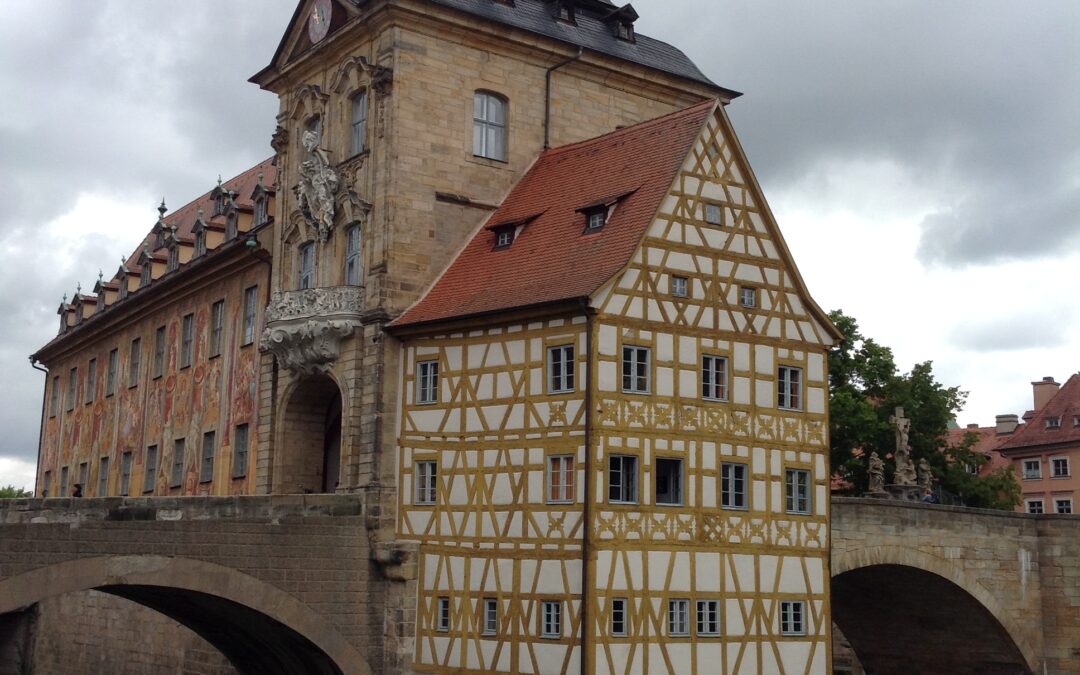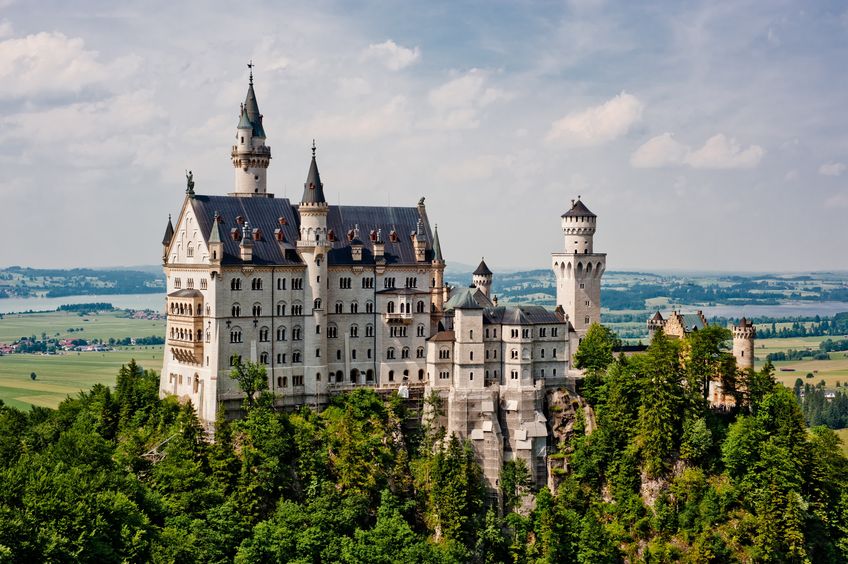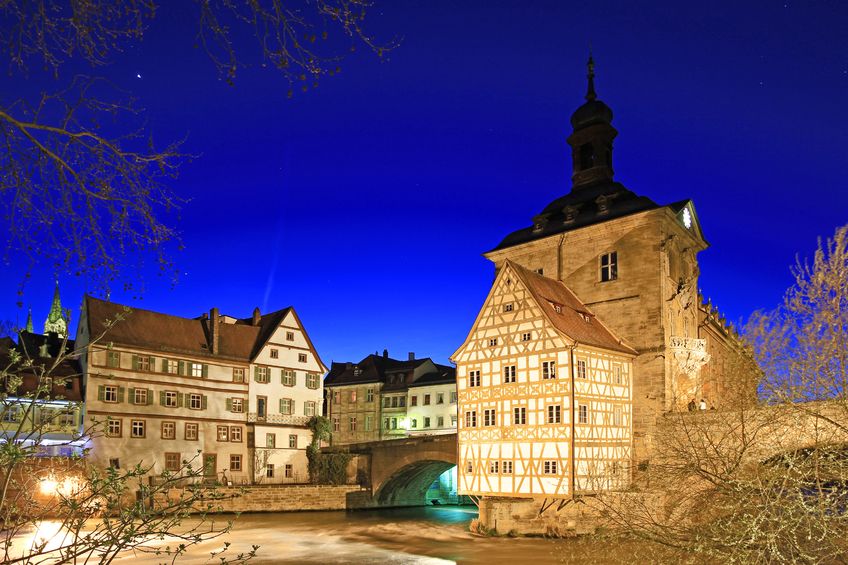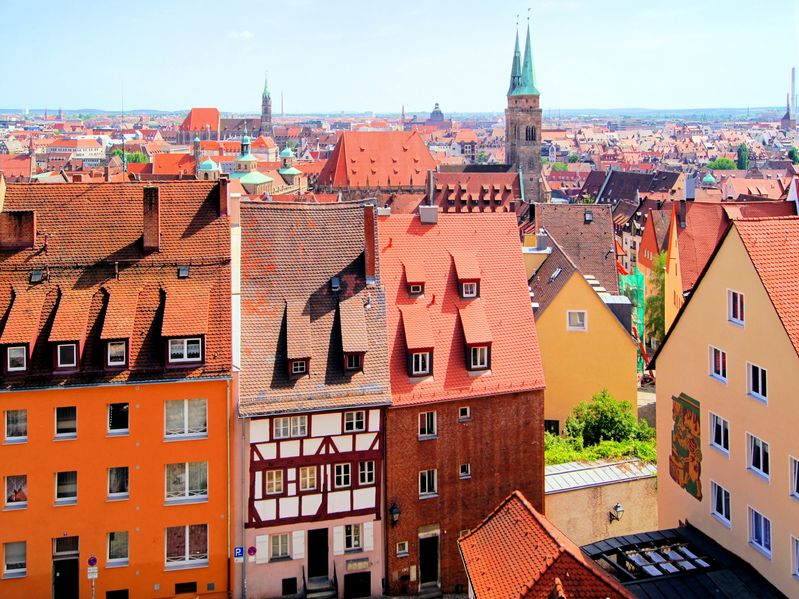Your Trip to Bavaria!
If you’re looking to explore Germany, your trip to Bavaria will delight you with the history and culture of a region that dates back to the 6th century. The largest state in Germany contains frosty mountains, inviting trails, lively streams, ornate cathedrals, charming castles, a variety of towns and cities and, of course, the Bavarian Forest. It’s a region that’s easy to explore and loaded with a variety of experiences.
When we think of Bavaria today, we most often picture beer fests, men in lederhosen, sausages and women in dirndls. But from the Middle Ages until the early 19th century, Bavaria was part of the Holy Roman Empire. It was known as a dominant and forceful state during the Middle Ages and until the early part of the 1800’s. When Napoleon seized Bavaria in 1806, he proclaimed it a kingdom and doubled its size by adding Swabia and Franconia. Under King Ludwig I (1825-1845) Bavaria developed into a cultural and scientific center.
King Ludwig II, known as the “Fairytale King,” ruled from 1864-1886. During his reign, he built several castles including the famous Castle Neuschwanstein. The castle is located in the enchanting town of Fussen, located in the foot hills of the Alps. Many say that Ludwig’s obsession to build these castles drove him mad. Today, the castle is open for tours. Those who have visited recognize it as the inspiration for the Disney’s Sleeping Beauty Castle.
Munich is the largest city in Bavaria and offers much to discover including many museums, outdoor markets, churches, Olympic Park, gardens and, of course, beer gardens. Places of note include English Garden (large outdoor park), Olympiapark (home of the 1972 Olympics), BMW Museum (a museum devoted to the history of the motorcycle and cars), Old Pinakothek (art museum with works from the 14th through the 18th centuries), Viktalienmarkt (the city’s biggest and most famous outdoor market) and Deutsches Museum (world’s largest science and technology).
Munich is probably best known for Octoberfest—a large festival revolving around beer, food and music.
While the Octoberfest may not be happening while you are there, you may want to consider visiting the Bier und Oktoberfest museum where you’ll find old brewing vats, historic photos and other artifacts of early Octoberfest happenings. If you’re a beer lover, you may want to peruse the world’s most celebrated beer hall, the Hofbrauhaus. Here you’ll discover medieval vaults and pretzel-shaped postcards. You may also want to indulge in fine German beer served in an authentic stein, just like your grandfather did!
Aside from Munich, there is much to discover in the Bavarian region.
If you want to see a town full of historical architecture and preserved heritage, then Bamberg is a must. The entire town is listed on the UNESCO World Heritage List.
As the second largest city in Bavaria, Nuremburg boasts a population of 500,000. It’s probably most noted for the Nazi trials after World War II. But many delights await visitors such as Gothic churches, gingerbread, toys, Christmas ornaments, and museums. The city surroundings blend medieval and modern lifestyles. The center of the city contains the old town with part of the original city wall still intact. There you will find the Castle, which encompasses the five-cornered tower, built before 1050 and the oldest building in the city. While you’re there, try their famous Franconia wines and bratwurst (roasted sausage).
Founded in 179 A.D. by the Romans, Regensburg houses the largest preserved medieval city center in Germany. Fortunately, the city suffered very little damage during World War II and is often referred to as “the northernmost city of Italy.” The Italian-style medieval merchant houses and towers plus the summer cafes support this distinction. Located on the Danube River, the charming city offers a picturesque view. A visit to the restaurant Wurstkuchl, next to the Stone Bridge was founded over 500 years ago and still serves food today.
If you’re looking for more experiences and out-of-the way places to visit, call us to schedule a private consultation to begin planning your trip to Bavaria or other exciting destinations in Europe!







